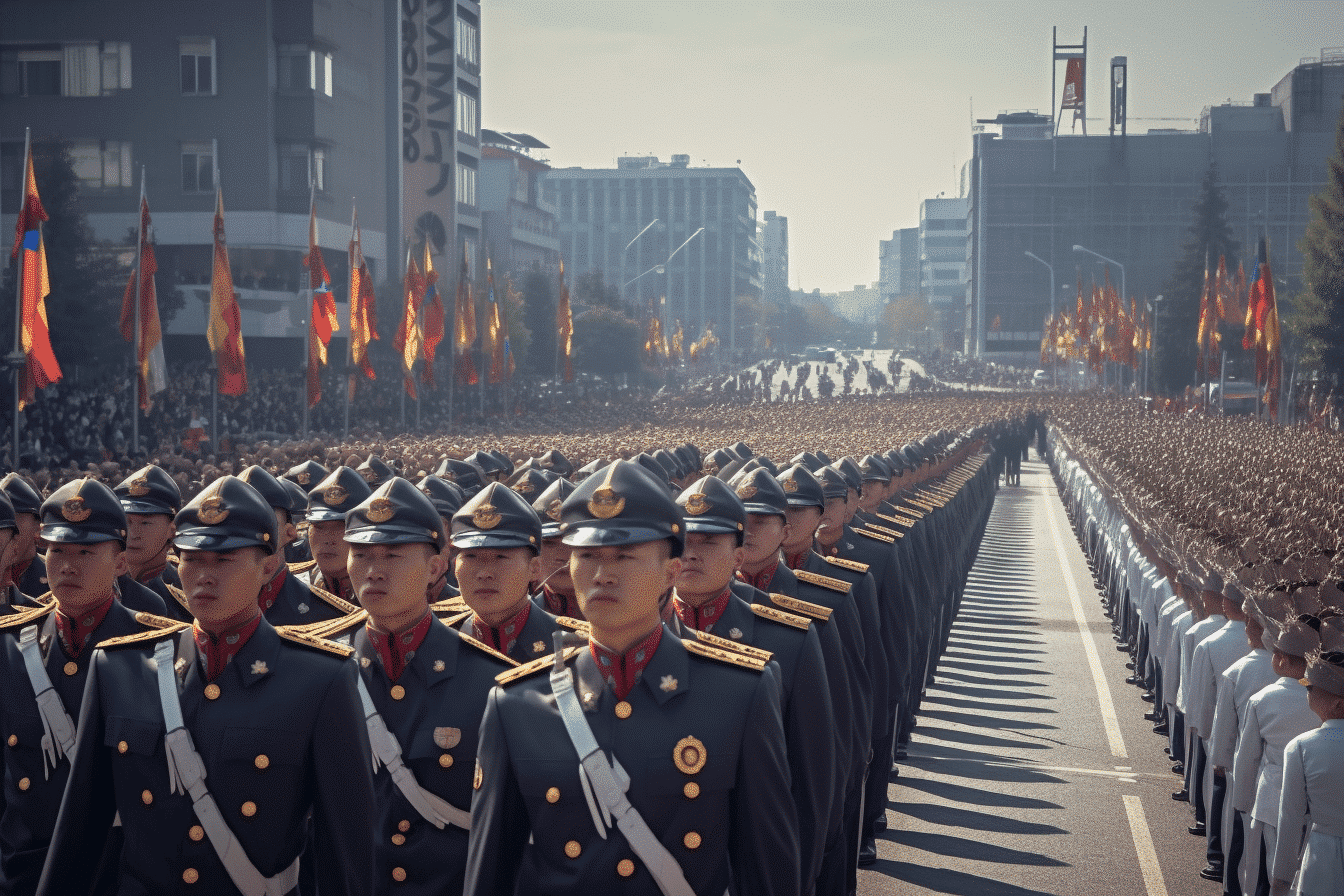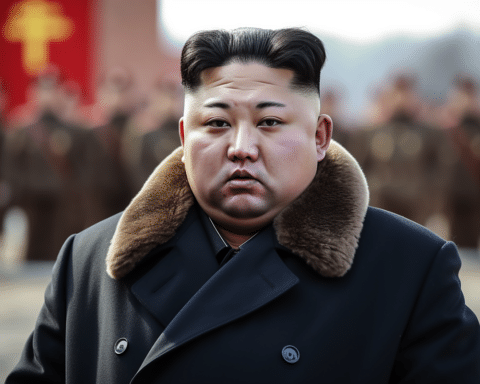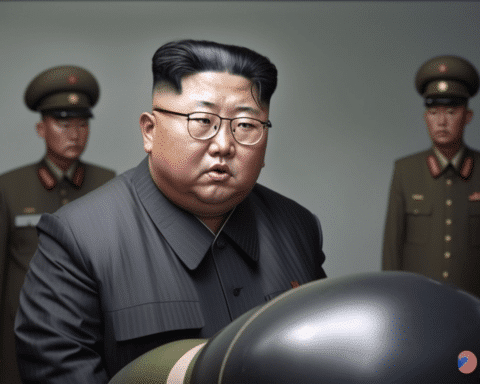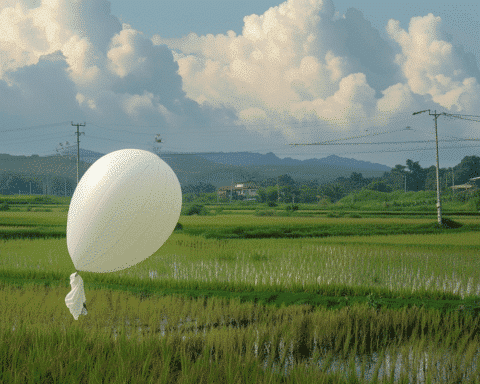South Korea showcased a formidable military presence, parading troops and advanced weaponry through its capital on Tuesday, marking its grandest Armed Forces Day event in a decade. The demonstration came as President Yoon Suk Yeol committed to fortifying the nation’s military in the face of potential North Korean threats.
Amid rising tensions, there are increasing worries that North Korea might turn to Russia for nuclear expertise, offering conventional weaponry to Moscow, which is currently in conflict with Ukraine.
Following the grand parade in Seoul’s heart, President Yoon, addressing the elated soldiers, said, “Witnessing your commanding presence today reaffirms our citizens’ trust in national security. I pledge my unwavering support, along with our nation.”
Despite the falling rain, South Korea displayed tanks, artillery, drones, and ballistic missiles capable of reaching any part of North Korea. Around 4,000 South Korean and 300 U.S. troops participated, making it the first such parade since 2013.
Since his inauguration, President Yoon has prioritized enhancing South Korea’s defence mechanisms. Given North Korea’s nuclear progression, he has also emphasized military cooperation with the U.S..
However, the North’s growing military ties with Russia challenge Seoul and Washington’s strategies. North Korea’s leader Kim Jong Un recently met with Russian President Vladimir Putin and toured key military installations. North Korea’s potential interest in acquiring Russian tech for espionage satellites, nuclear submarines, and long-range missiles could significantly threaten South Korea and the U.S.
During an earlier Armed Forces Day event near Seoul, President Yoon emphasized his commitment to building a formidable military force that deters enemies. He warned that any aggression from North Korea would meet with a decisive response, especially if it involved nuclear weapons.
This event attracted approximately 6,700 soldiers and showcased 200 weaponry units, the most significant since 2013.
While President Yoon refrained from discussing the North Korea-Russia alliance in his addresses, he had previously stated at the U.N. General Assembly that any weapon deals violating U.N. Security Council resolutions would not go unchallenged.
U.S. authorities echo this sentiment, warning of repercussions for North Korea and Russia if they proceed with weapon trades.
On a diplomatic front, top representatives from South Korea, Japan, and China convened in Seoul, agreeing to arrange the first leaders’ summit in four years. The exact date remains undecided.
Recently, Chinese Premier Li Qiang and Japanese Prime Minister Fumio Kishida voiced their support for a three-way summit hosted by South Korea.
President Yoon’s efforts to solidify ties with the U.S. and improve trilateral security coordination with Tokyo and Washington have sparked worries about potential rifts with China, South Korea’s principal trade ally. Nonetheless, Yoon has assured that such cooperation will not alienate any specific country.
In the evolving geopolitical landscape of East Asia, South Korea’s show of military strength and diplomatic initiatives underscore its commitment to regional stability and its role as a pivotal player. While the potential North Korea-Russia alliance looms as a challenge, collaborations with Japan, China, and the U.S. might pave the way for a balanced and peaceful future. The international community will be keenly watching as these nations grapple with the complexities of maintaining security and fostering cooperation.




